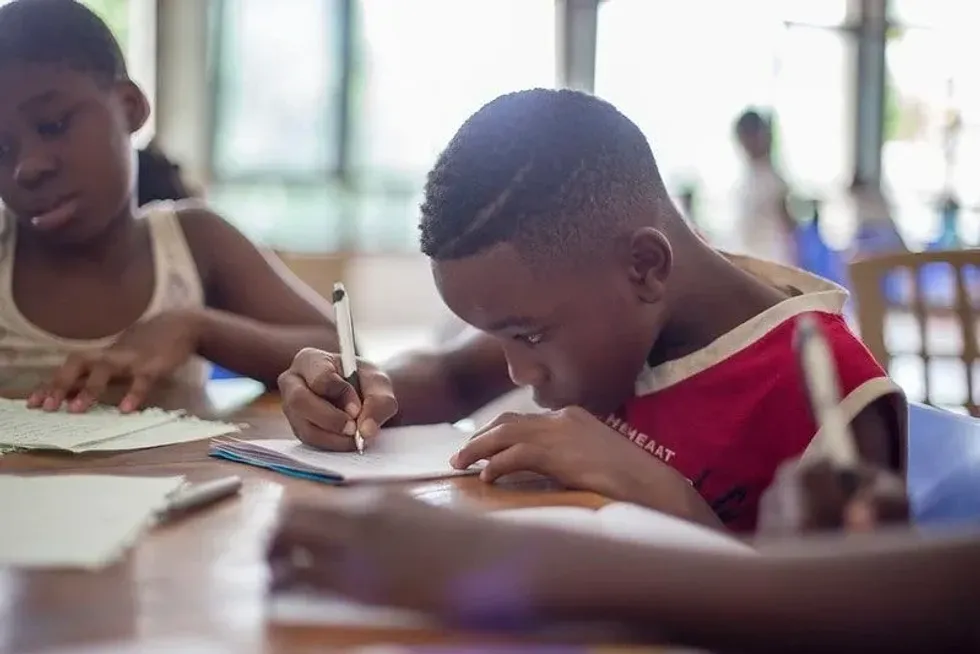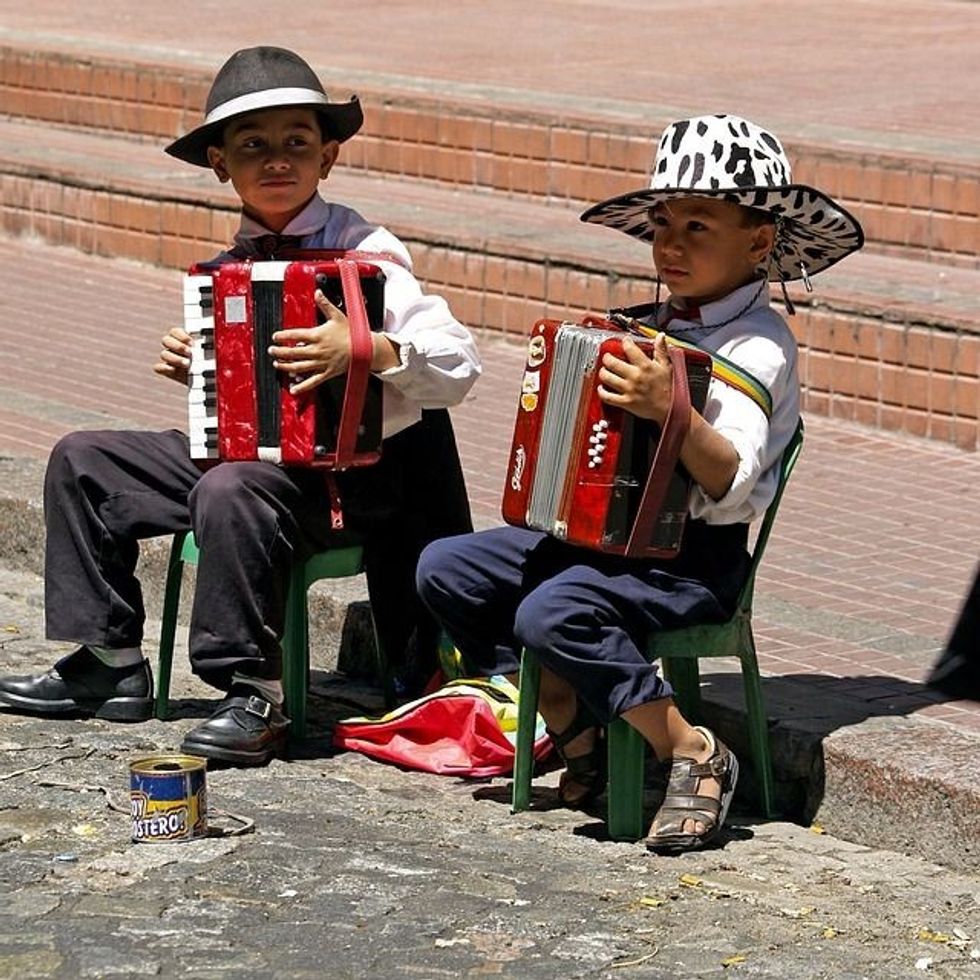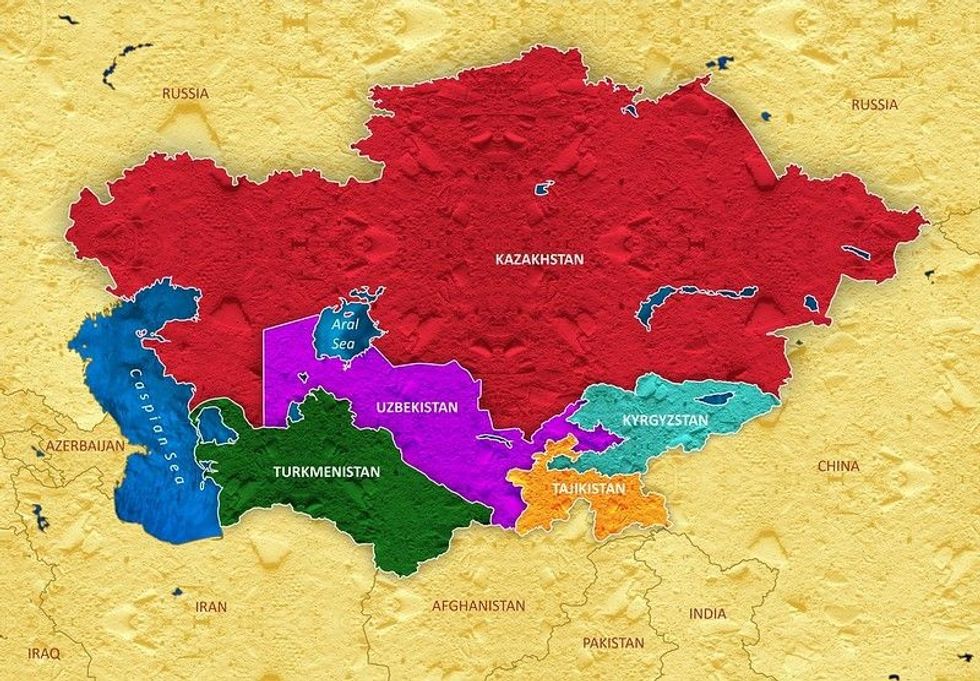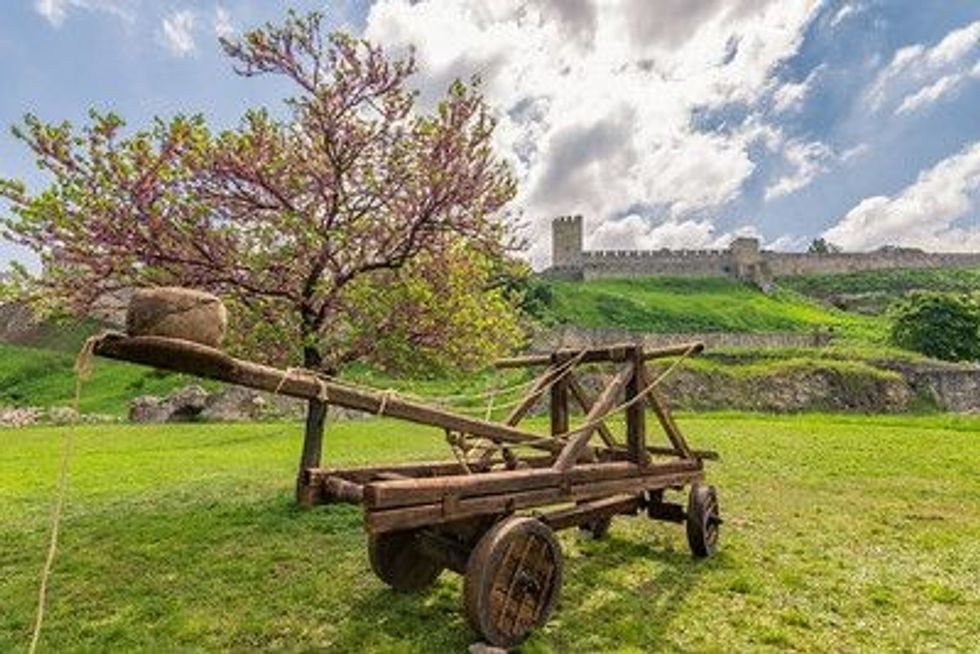Image © Jonathan Ridley on Unsplash.
Time to explain the Bronze Age to your Key Stage 2 child?
Make it easy on yourself with our simple guide to this fascinating period of human history. We've gathered together all the important facts about the Bronze Age in interesting, easily digestible bites that will keep your child's attention, while explaining all the bits they need to know.
Read on for your perfectly optimised lesson.
What Is The Bronze Age?
Here are all the important Bronze Age facts for kids, like when it began, how it changed the way weapons and tools were made, and how important copper and tin were at this time.
1) In Britain, the Bronze Age started around 2100 BC and came to an end around 650 BC. However, it had begun earlier in other countries around the world, beginning between 4000 BC and 2000 BC.
2) Before the Bronze Age was the Stone Age and afterwards came the Iron Age.
3) A country is said to have entered the Bronze Age when its people discovered the alloy bronze, which is a mixture of tin and copper. Bronze is stronger than either of its components, and allowed people to make more tools and weapons than before, when they were only working with stone.
4) To make bronze, people would melt tin and copper until they were liquid, then pour this mixture into clay or sand moulds to make weapons, tools and other pieces of equipment and jewellery.
5) Bronze replaced stone in many instances, which changed the way people farmed and lived. The Bronze Age experienced a number of advances, such as the introduction of writing, the invention of the wheel, including the pottery wheel, and irrigation.
6) During the Bronze Age some societies developed a ruling class. The kings who ruled during this time used military might, with their latest weapons, to enforce the laws.
What Did Bronze Age People eat?

Image © Dusan Smetana on Unsplash
One of the important facts about the Bronze Age is that this period marked the start of better nutrition. This was due to people being able to make metal tools that could be used for more productive farming.
1) Some of the Bronze Age people's meat came from the wild animals that they hunted, like boar, red deer and freshwater fish, including pike.
2) Because Bronze Age people now had a stronger metal – bronze, which is an amalgam of copper and tin – this age brought in inventions such as the metal plow and irrigation. This revolutionised farming, as it meant that (weather permitting) crops could be grown all year.
As they were now effective farmers, Bronze Age people also ate wheat and barley, vegetables, and lamb and beef.
What Was Life Like For Bronze Age People?

Image © Santi Vedri on Unsplash
You can bring to life the Bronze Age for kids by visiting one of the many historical sites around Britain, where houses, tools and weapons have been found. These include Stone Henge, the Uffington White Horse and many burial mounds.
1) Bronze Age people lived in houses made of local materials, such as wood and stone, held together with wattle (wood woven with twigs) and daub (a mixture of straw and mud).
2) One form of home was a roundhouse with a fire pit in the centre, around which the family would eat and sleep. The floors were covered with wicker and their roofs were covered with animal skins, thatch or turf.
3) Women wore long woollen skirts with tunics on top, and men wore skirts, much like kilts, and pull-over tunics. To keep warm, Bronze Age people wore woollen cloaks and hats.
4) When the Bronze Age began, the people who lived here couldn't write, but they began to develop this skill during this time. A time before people could write is called 'prehistoric', as they couldn't record their history.
5) The richest people would have been those who worked and traded with metal, like tin and copper, to create bronze.
Bronze Age Advancements
As well as weapons and tools, during the Bronze Age there were many inventions that led to advancement. These included:
1) Improved navigation skills, which led to trading with other Bronze Age people in other countries.
2) The metal plough and other Bronze Age tools meant better farming and the ability to clear forests for more fields. They practice of dry stone walling was used to separate these fields.
3) Advancement in maths and astronomy came on in leaps and bounds, probably from exposure to other cultures.
4) Perhaps the most important of the Bronze Age facts was the invention of the wheel, which meant they could build carts that could be pulled by animals.
5) The development of the potter's wheel and weaving meant they could have containers to put food and drink in, and better clothes to wear.
How Do We Know So Much About The Bronze Age?
We know so many facts about Bronze Age people from archaeological digs where, for instance, their bronze weapons have been found.
1) Archaeologists have studied a Bronze Age, five-house site in Cambridgeshire that they've dubbed 'the Pompeii of the Fens', because it's so well preserved.
2) From this, they have collected fabrics, glass and even remains of food to discover what life in the Bronze Age was like.
3) Some of the finds from this site, such as amber and jet – both gemstones not found in the British Isles – are proof that the Bronze Age people of Britain were trading with people from countries in the Middle East, like ancient Egypt, as well as continental Europe.
4) There is no definite answer to when the Bronze Age began and ended. It is not a precise time, but it was the stepping stone between the Stone Age, which ended around 3300 BC, and the Iron Age, which began roughly around 500 BC.










